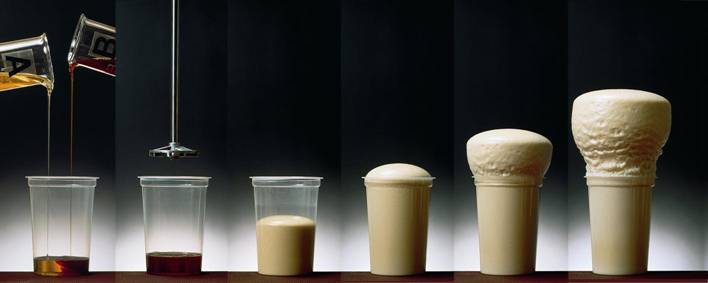Polyurethane Industry Policy Environment Analysis Report
Abstract
Polyurethane is a high-performance material widely used in construction, automotive, furniture, electronics, and other sectors. With increasing global environmental awareness, policies and regulations regarding the polyurethane industry are continually evolving. This report aims to analyze the policy environment in key countries and regions and explore the impact of these policies on the development of the polyurethane industry.
1. Global Overview of the Polyurethane Industry
Polyurethane is a polymer produced by reacting isocyanates with polyols. It is known for its excellent mechanical properties, chemical resistance, and flexible processing capabilities, making it widely applicable in foam plastics, elastomers, coatings, adhesives, and sealants.
2. Policy Environment Analysis by Country
1)United States
- Environmental Regulations: The Environmental Protection Agency (EPA) strictly regulates the production and use of chemicals. The Clean Air Act and the Toxic Substances Control Act (TSCA) impose stringent limits on emissions from the use of isocyanates in polyurethane production.
- Tax Incentives and Subsidies: Federal and state governments provide tax incentives for green building and environmentally friendly materials, encouraging the use of low-VOC polyurethane products.
2)European Union
- Environmental Policies: The EU implements the Registration, Evaluation, Authorisation and Restriction of Chemicals (REACH) regulation, requiring thorough evaluation and registration of polyurethane raw materials. The EU also promotes the Waste Framework Directive and the Plastics Strategy, encouraging the use of recyclable and eco-friendly polyurethane products.
- Energy Efficiency and Building Codes: The EU’s Energy Performance of Buildings Directive promotes the use of efficient insulation materials, enhancing the application of polyurethane foams in building insulation.
3) China
- Environmental Standards: China has strengthened environmental regulation of the chemical industry through the Environmental Protection Law and the Air Pollution Prevention and Control Action Plan, imposing higher environmental requirements on polyurethane manufacturers.
- Industry Policies: The “Made in China 2025″ strategy encourages the development and application of high-performance materials, supporting technological upgrades and innovation in the polyurethane industry.
4)Japan
- Environmental Regulations: The Ministry of the Environment in Japan enforces strict regulations on the emission and handling of chemicals. The Chemical Substances Control Law governs the management of hazardous substances in polyurethane production.
- Sustainable Development: The Japanese government advocates for a green and circular economy, promoting the recycling of polyurethane waste and the development of biodegradable polyurethane.
5)India
- Policy Environment: India is tightening environmental protection laws and raising emission standards for chemical companies. The government also promotes the “Make in India” initiative, encouraging the development of the domestic chemical industry.
- Market Incentives: The Indian government provides tax benefits and subsidies to support the research, development, and application of environmentally friendly materials and technologies, promoting the sustainable growth of the polyurethane industry.
3. Impact of Policy Environment on the Polyurethane Industry
1)Driving Force of Environmental Regulations: Strict environmental regulations compel polyurethane manufacturers to improve processes, adopt greener raw materials, and utilize cleaner production technologies, enhancing product quality and market competitiveness.
2)Increased Market Entry Barriers: Chemical registration and evaluation systems elevate market entry barriers. Small and medium-sized enterprises face challenges, while industry concentration increases, benefitting larger companies.
3)Incentive for Technological Innovation: Policy incentives and government support spur technological innovation in the polyurethane industry, accelerating the development and application of new materials, processes, and products, promoting sustainable industry growth.
4)International Cooperation and Competition: In the context of globalization, the differences in policies across countries present opportunities and challenges for international operations. Companies must closely monitor and adapt to policy changes in various countries to achieve coordinated global market development.
4. Conclusions and Recommendations
1)Policy Adaptability: Companies should enhance their understanding of the policy environment in different countries and develop flexible strategies to ensure compliance.
2)Technological Upgrades: Increase investment in R&D to improve environmental and energy-saving technologies, and actively develop low-VOC and recyclable polyurethane products.
3)International Cooperation: Strengthen cooperation with international peers and research institutions, share technology and market information, and jointly promote sustainable industry development.
4)Policy Communication: Maintain communication with government departments and industry associations, actively participate in policy formulation and industry standard setting, and contribute to the healthy development of the industry.
Through analyzing the policy environments of various countries, it is evident that the increasing stringency of environmental regulations and the rapid development of the green economy present new opportunities and challenges for the polyurethane industry. Companies need to proactively respond, enhance their competitiveness, and achieve sustainable development.

